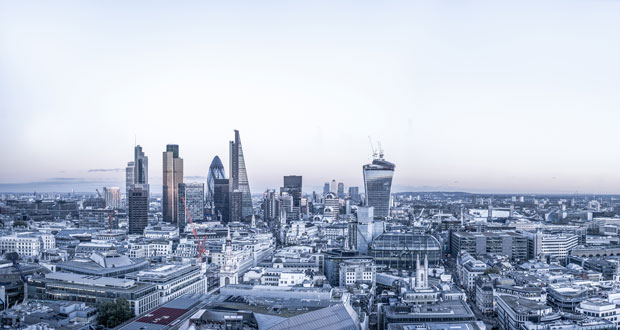Data from workplace technology company Freespace shows a sharp dip in UK office occupancy as workers heed the Government’s ‘work from home’ message.
UK office occupancy yesterday dipped by 15 per cent compared to last Tuesday as workers return to working from home. Tuesday’s average office occupancy was at 12 per cent, levels not seen since March 2021. This is also a significant drop of 21 per cent compared to the average Tuesday office occupancy throughout November which hit levels of 33 per cent.
This is two consecutive days of a drop in occupancy as Monday 13th December dropped by 10 per cent compared to the previous Monday following the work from home directive.
Commenting on the data, Raj Krishnamurthy, Freespace CEO said: “Our data clearly shows that more workers have returned to working from home since the Government’s announcement. However, the time of year must be taken into account as some of the workforce winds down for the holidays and uses this opportunity to spend time closer to their families.
“The workforce has already shown that it can adapt quickly to working from home. This lull in office occupancy gives business leaders and department heads another opportunity to revisit exactly what they need and want from their buildings. Predictable occupancy patterns present a huge opportunity for organisations to make their buildings more responsive to occupancy and thereby better manage their carbon footprint. Restricting occupancy to designated floors of a building during times of low occupancy can lower heating and ventilation load, reduce elevator miles, lower cleaning chemical demand and increase staff productivity while making a substantial reduction to greenhouse gas contributions.
“As we enter 2022 and office doors hopefully reopen, organisations should reconfigure their floors to become flexible and dynamic.”
Freespace has over 120,000 workplace sensors deployed in corporate offices worldwide providing insights into working patterns and office utilisation, supporting the ‘return to work’ across 130 cities, in 80 countries, and five continents.





